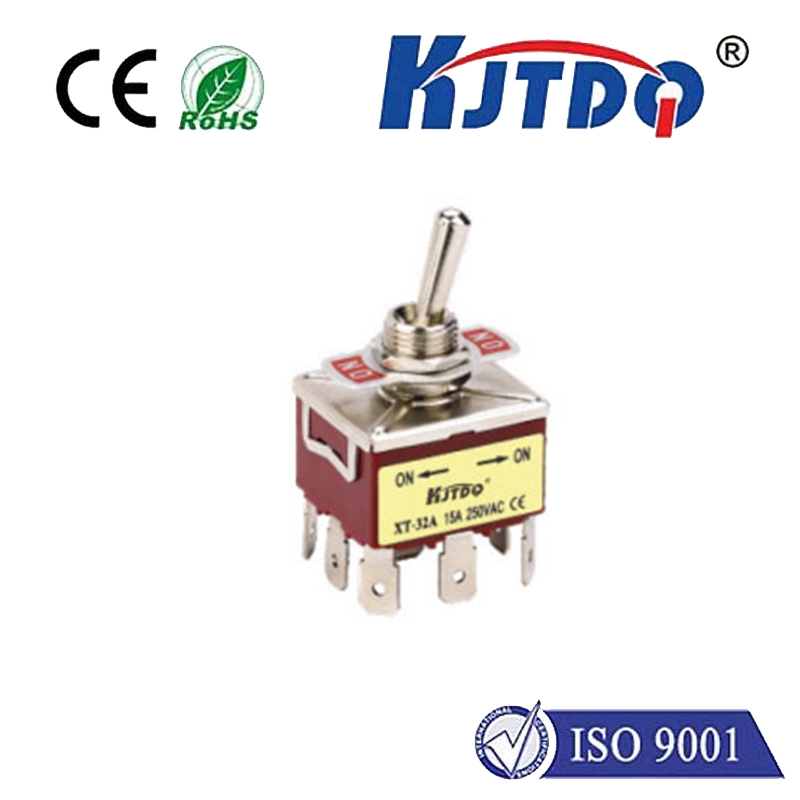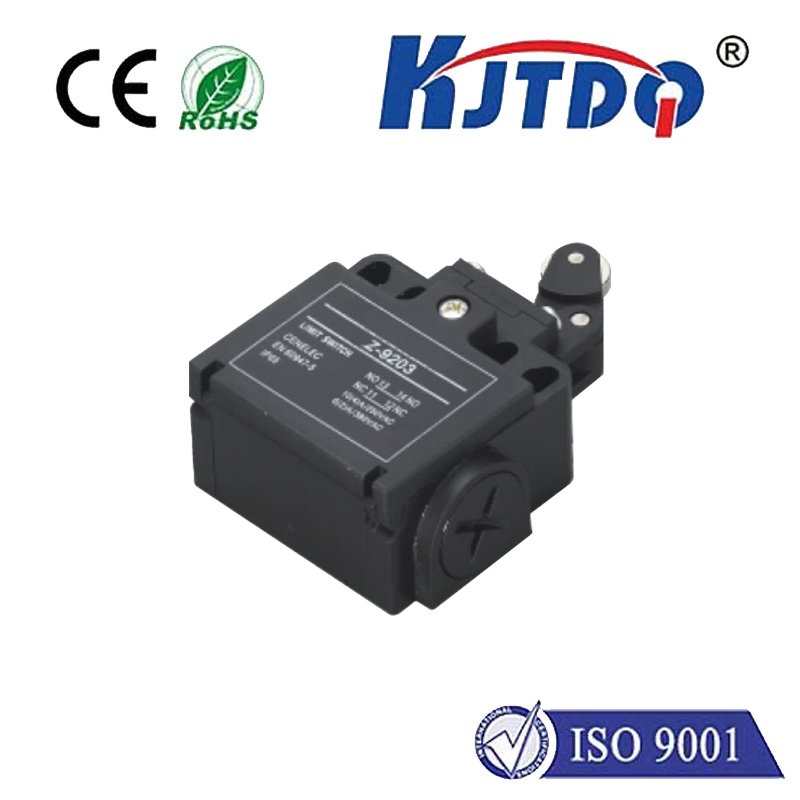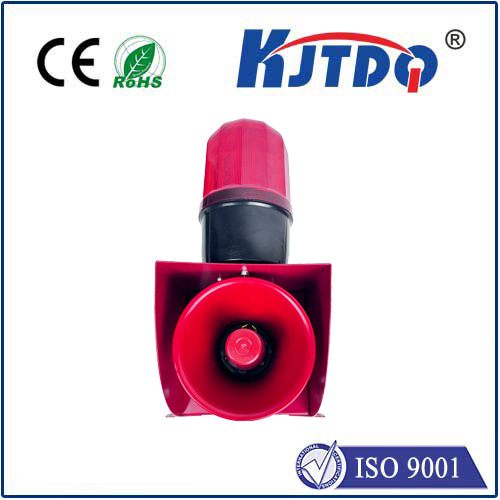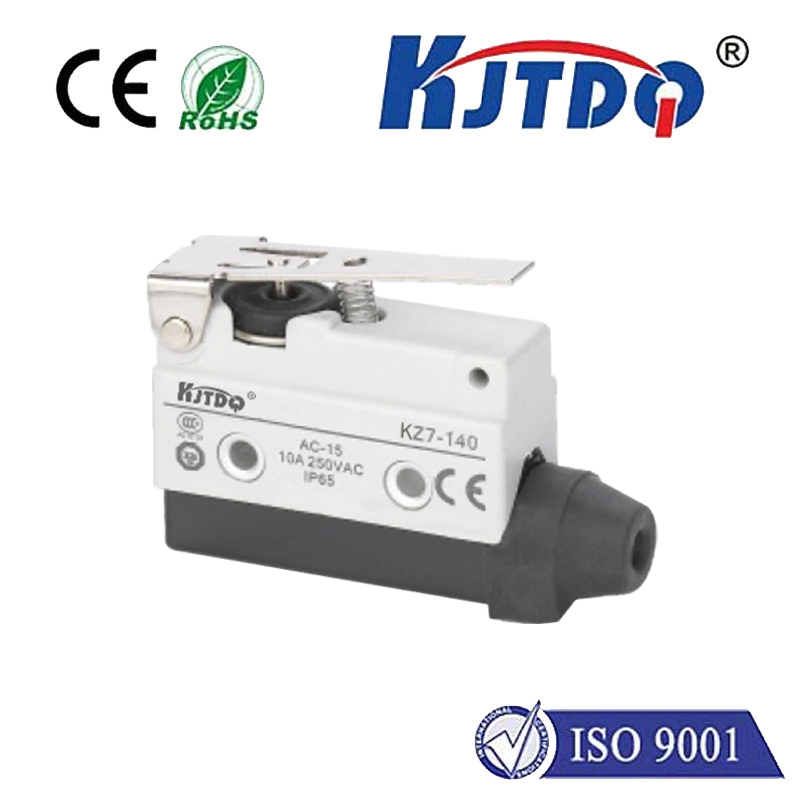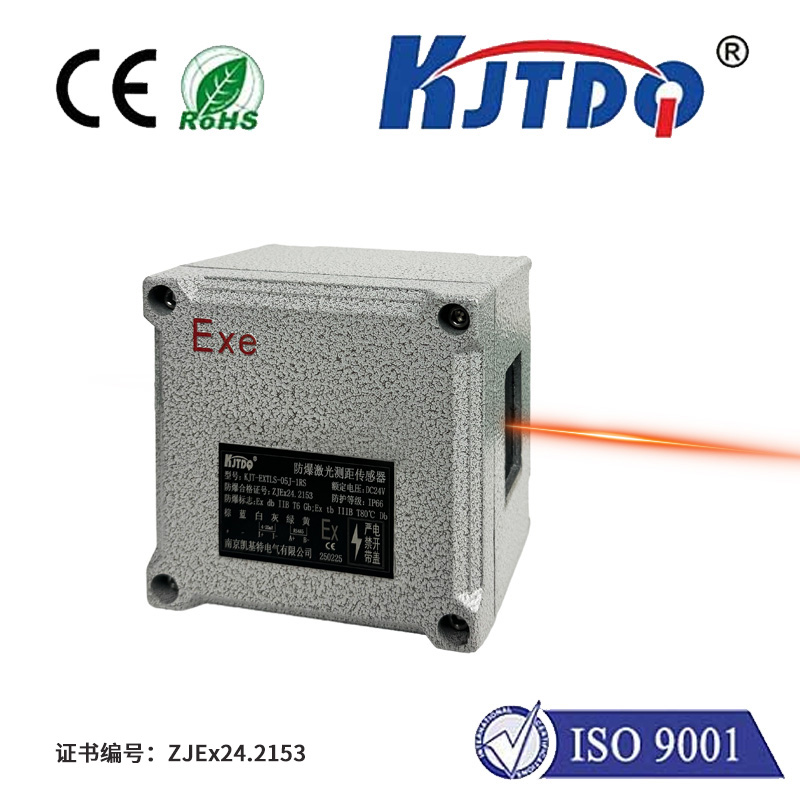Title: Understanding Analog-to-Digital Converters in Simulation, their Functions and Application
Analog signals are continuous and can take on any value within a specific range. On the other hand, digital signals only have two possible values: 0 and 1. To convert an analog signal to a digital signal or vice versa, we use Analog-to-Digital Converters (ADCs). In this article, we'll explore what ADCs are, how they work, and their application in simulation.
The first part of the article will provide an overview of what ADCs are and how they function. It will also discuss the different types of ADCs available and their characteristics.
The second part of the article will focus on the process of converting analog signals to digital signals using ADCs. We'll look at the steps involved in this process and discuss some common techniques used to improve the accuracy of the conversion.
The third part of the article will examine the various applications of ADCs in simulation, including but not limited to control systems, sensors, and robotics. We'll also discuss the challenges faced in simulating ADCs and some potential solutions.
In conclusion, understanding how analog signals are converted to digital signals is crucial for many fields, including simulation. By familiarizing ourselves with ADCs and their functions, we can better appreciate the complexities involved in this process and apply it effectively in our work.
